



Environment
Love For PJ Country
G












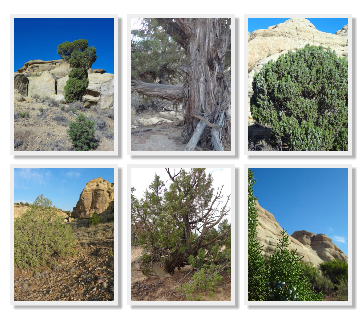

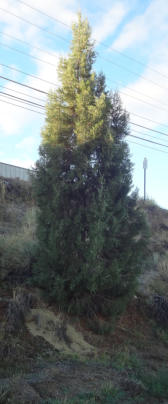
RESOURCES
Carter, J., Underwood,W.J., Leggitt.M. (1997). Trees and Shrubs of New
Mexico. New Mexico: Mimbres Publishing.
Dunmire, W., Tierney, G. (1997). Wild plants and native peoples of the
four corners. New Mexico: Museum of NM Press.
Elmore, F. H. (1976). Shrubs and trees of the southwest uplands.
Arizona: Southwest Parks and Monuments Association.
Heil, K., O’Kane, S., and Reeves, L. Flora of the Four Corners Region:
Vascular Plants of the San Juan River Drainage. Arizona, Colorado, New
Mexico and Utah.
Hughes, P., Tierney, G. (1983). Roadside plants of northern new mexico.
New Mexico: Jene Lyon.
Little, E. L. (1980). The audubon society field guide to north american
trees. New York: Knopf
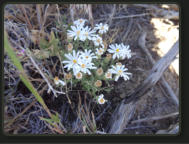
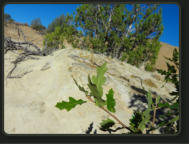
The different faces
of juniper trees
(above) Fat, skinny,
thick, thin, gnarled,
bulbous. Juniper trees
are represented by a few
different species in the
area and look like the
domestic evergreens
many people plant in their
yards as bushes or trees.
Some locals refer to them
as cedars, but that is not
their scientific name. As
you can see in the photos
above, they can take on
different personalities or
appearances. They have
bluish berries which are
mostly woody with a
turpentine-like smell and
taste so generally are not
edible although Native
Americans reportedly
have used them for
medicinal purposes.

LOVE FOR PJ COUNTRY
High Noon in the High
Desert
PJ COUNTRY: Stands for
the pinion and juniper
trees which abound in the
high desert region of the
Four Corners area. Special
trees in their own right, cultural biases, a general
ignorance and disinterest have perpetuated
destruction in the wake of city development. It’s high
noon in the high desert for protecting these trees and
their associated plant and animal life - time to create
wiser and softer approaches to the land and the
natural world in the Four Corners area when faced
with development.

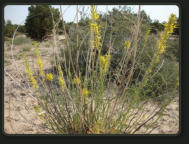


- INDEX - environment
- INDEX resources
- Animal Issues
- Env. concerns SW
- Fukushima
- Fukushima website links-summary
- Recycling
- Water
- Renewable energy
- water issues
- sustainable practices
- Connecting for Conservation
- Libraries & Museums
- Media In Area
- Museums & Archaeology
- Food Competence & Gardening
- Oregon Coast Deforestation
- Schools Nature, Biology, Etc.
- Resources General Environmental
- Solar pros & cons
- Land Use









